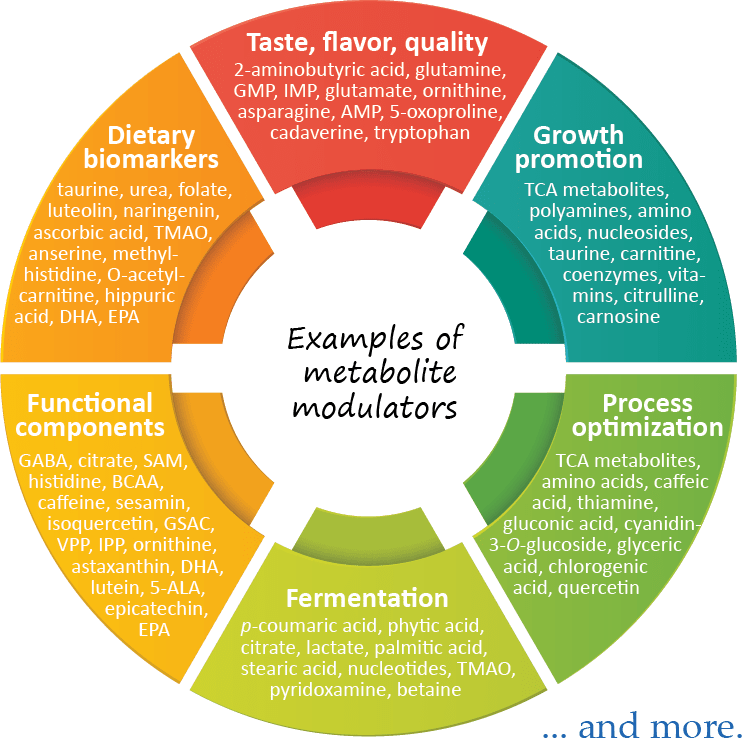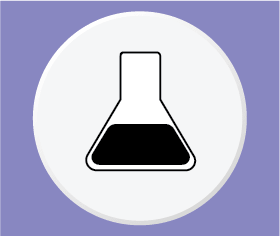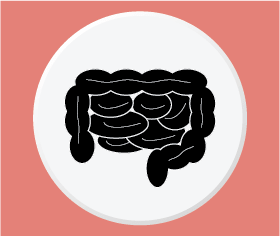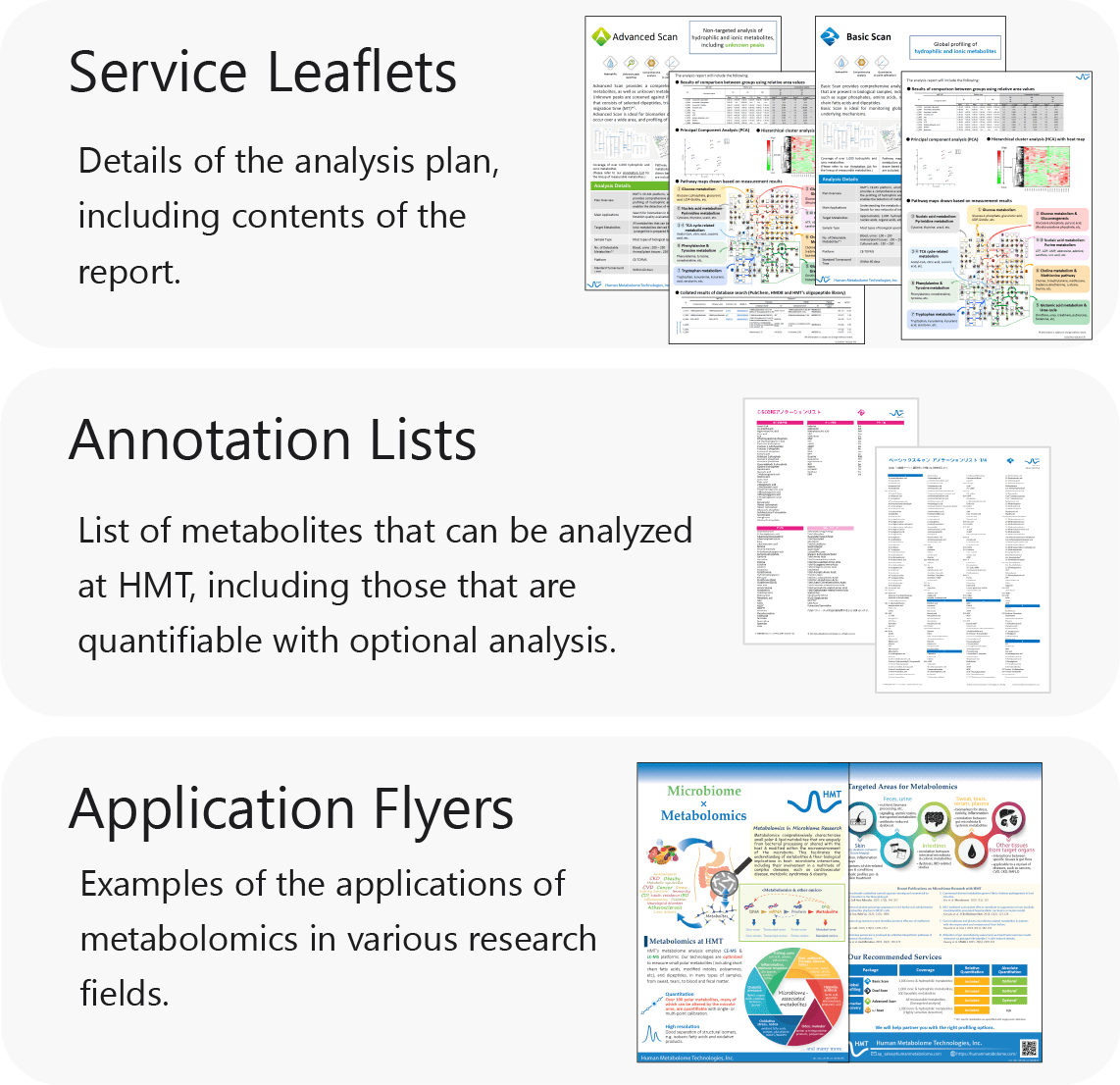Metabolomics, which is the comprehensive analysis of small polar and lipid metabolites, is widely used in the field of medical science. However, in recent years, metabolomics has expanded to food science and its applications include the analysis of food components, analysis of metabolic changes that occur during the manufacturing, preparation and storage processes, exploration of functional components, and assessment of dietary effects on the body. Furthermore, metabolomics is an emerging approach for examining the metabolic profiles of lab- grown food, which could be the future of sustainable food production. 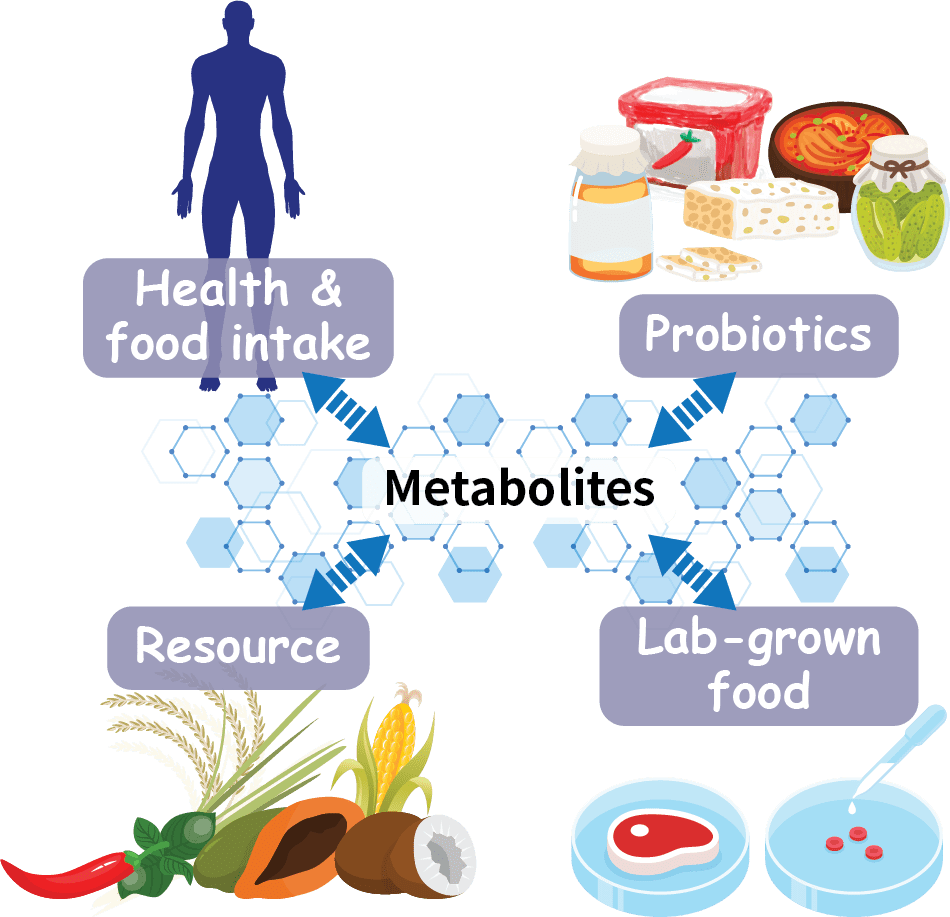
Metabolomics brings us closer to the phenotype or characteristics of individuals and food, providing valuable insights into the relationships between metabolites and health and nutritional status.


